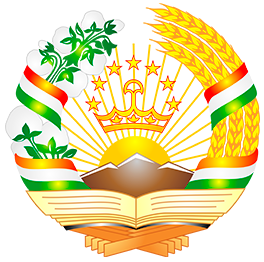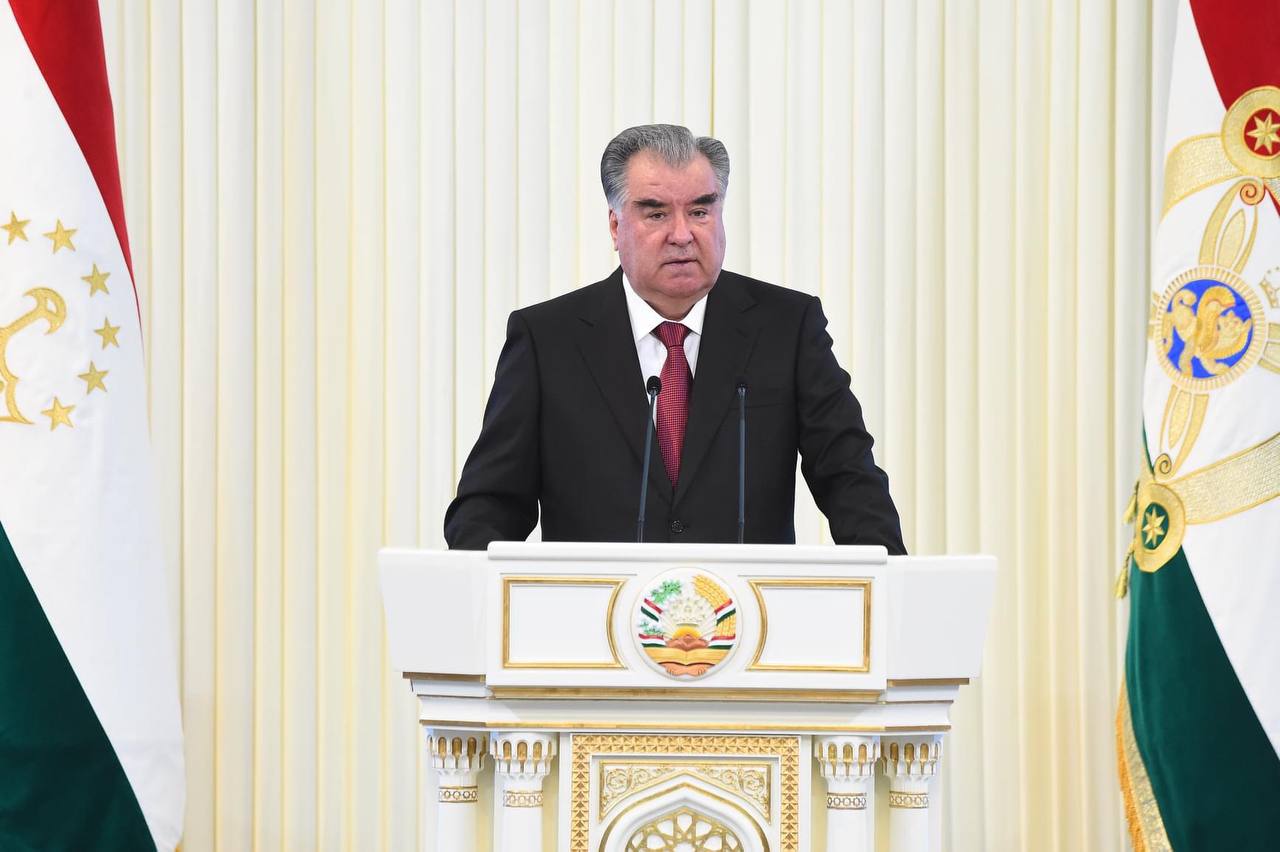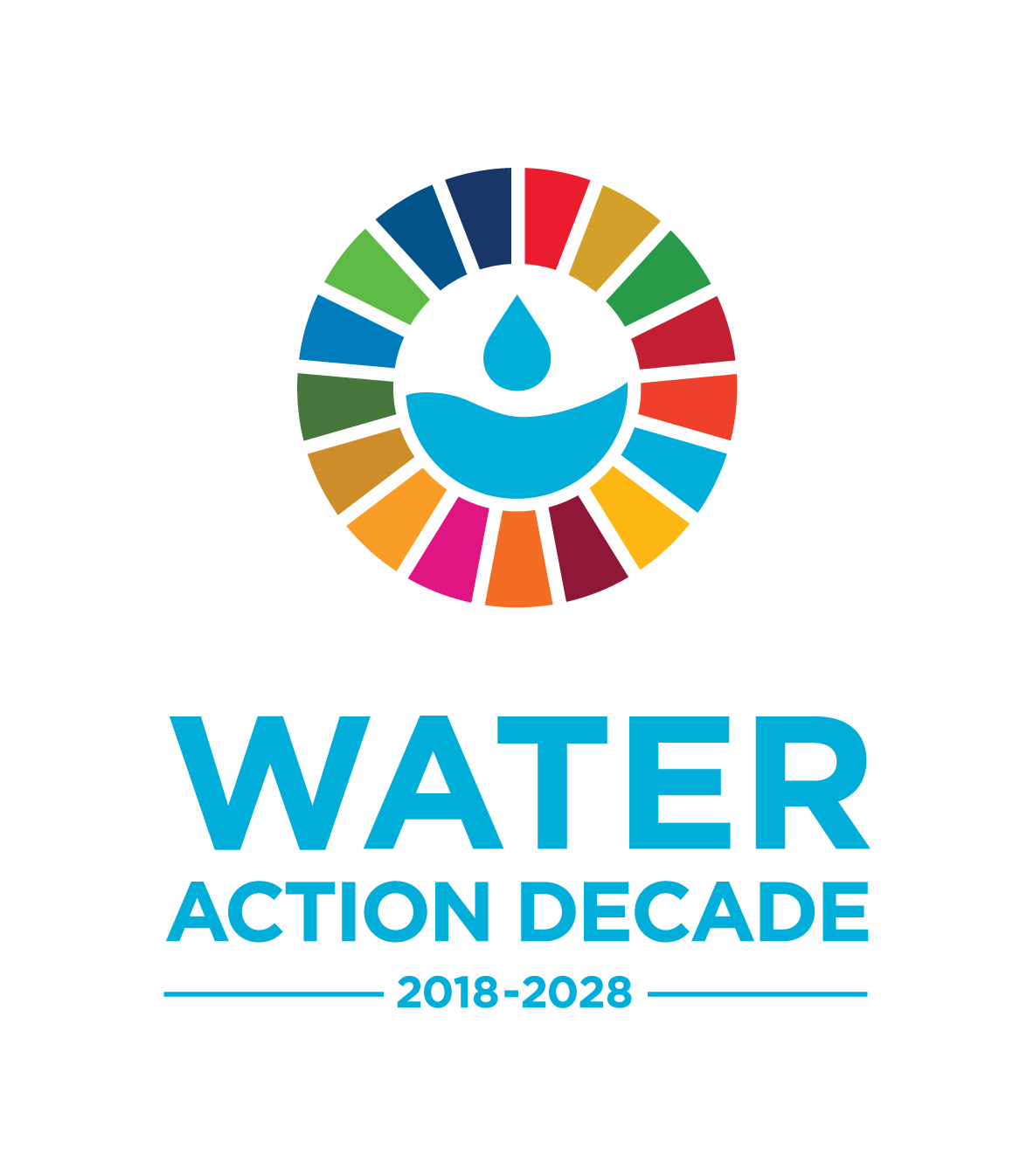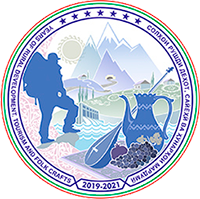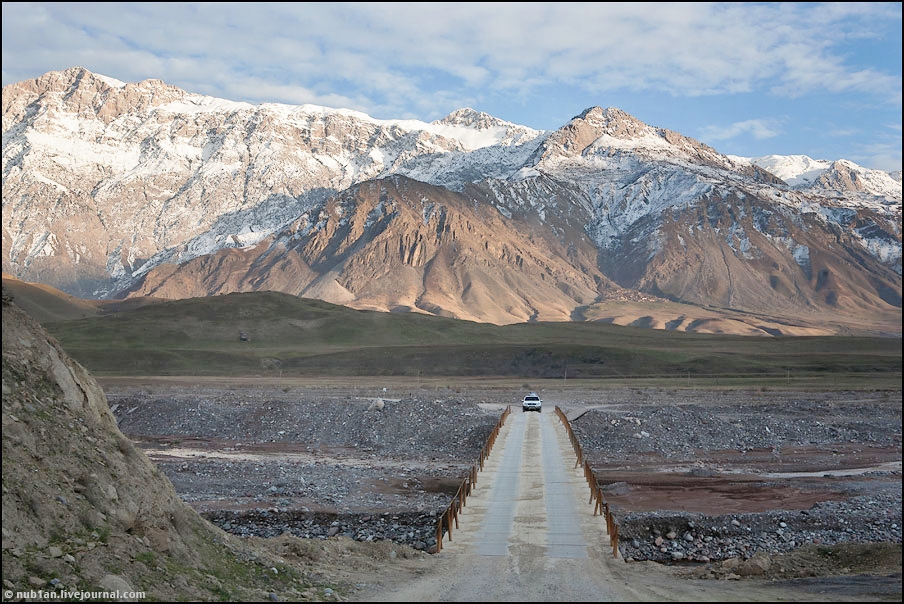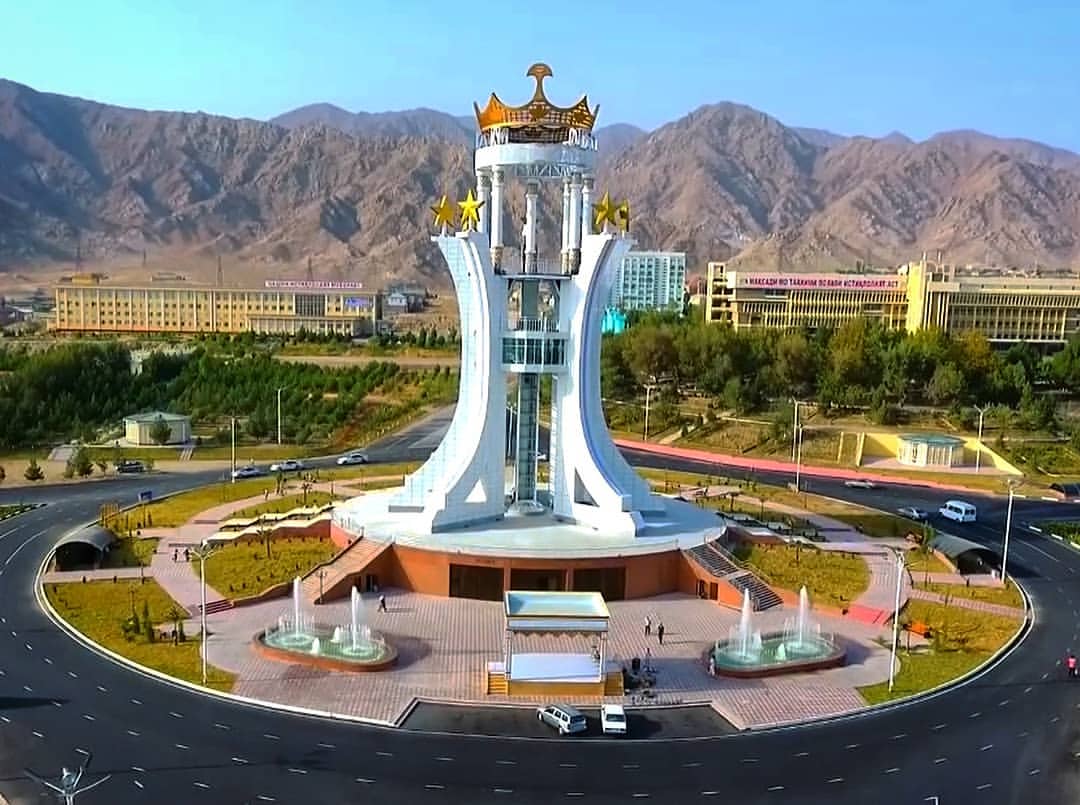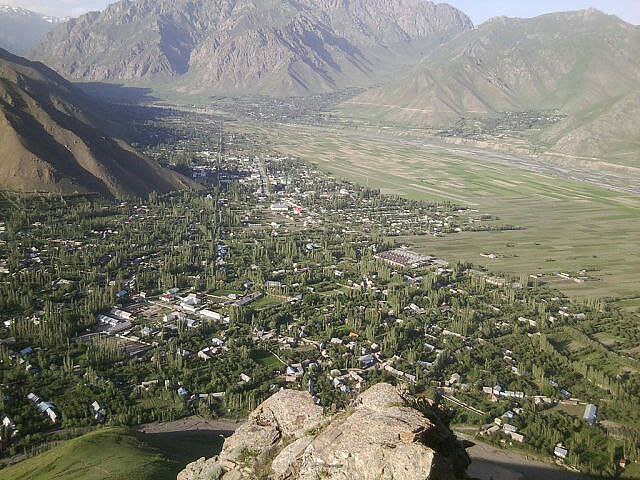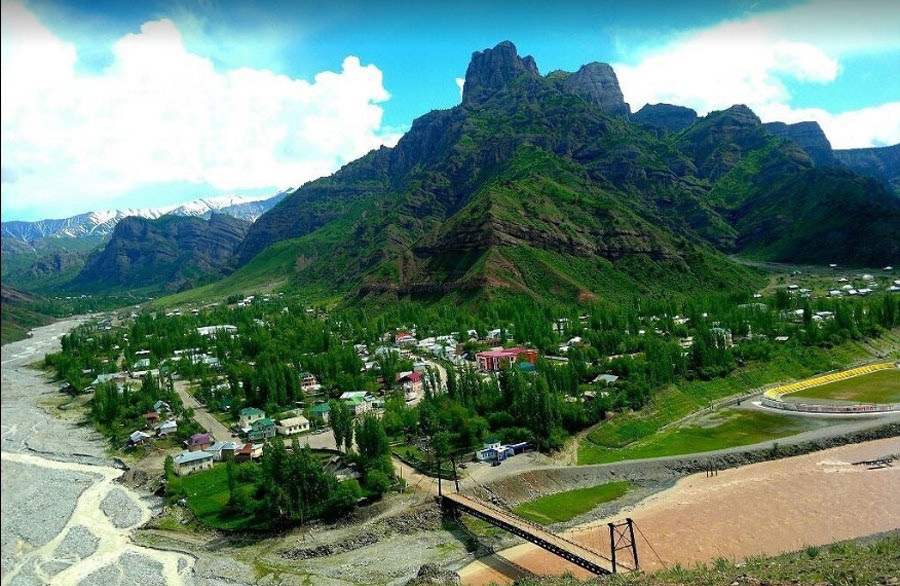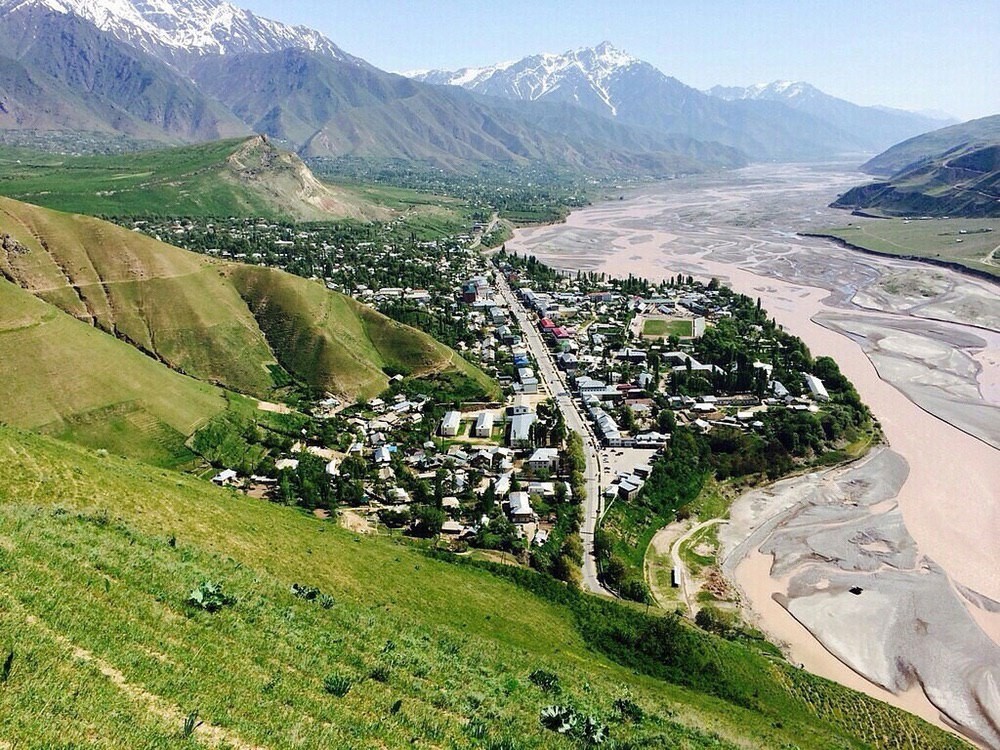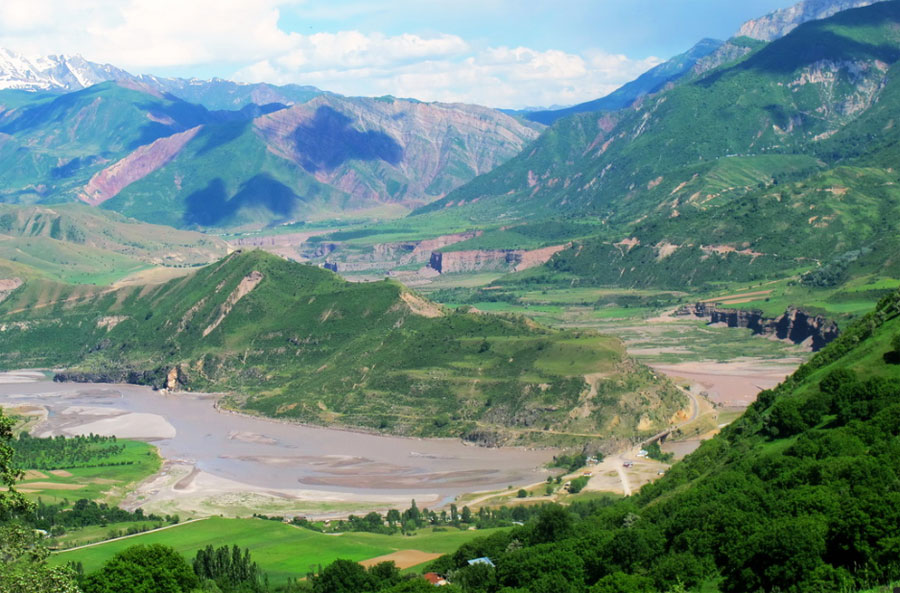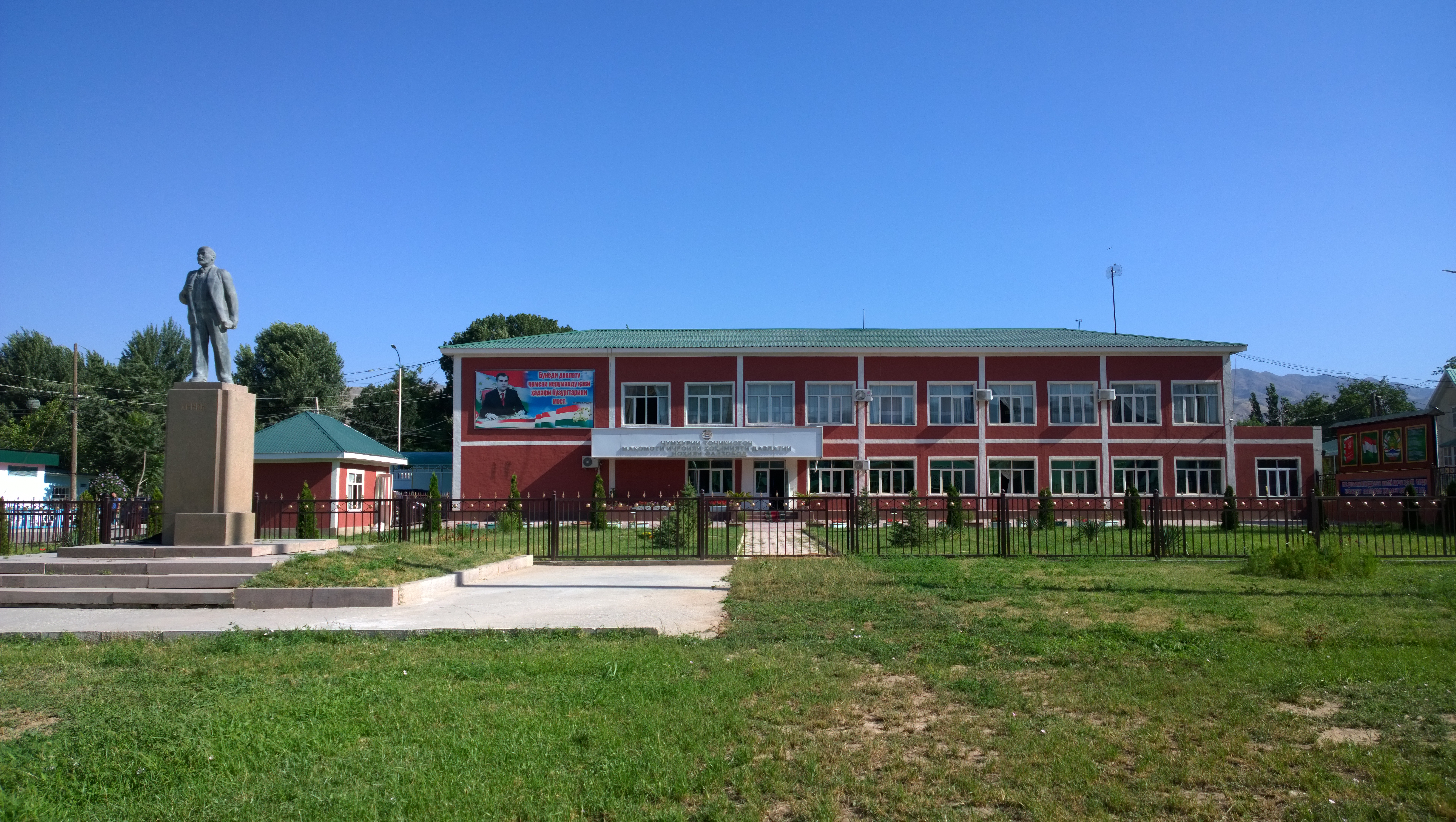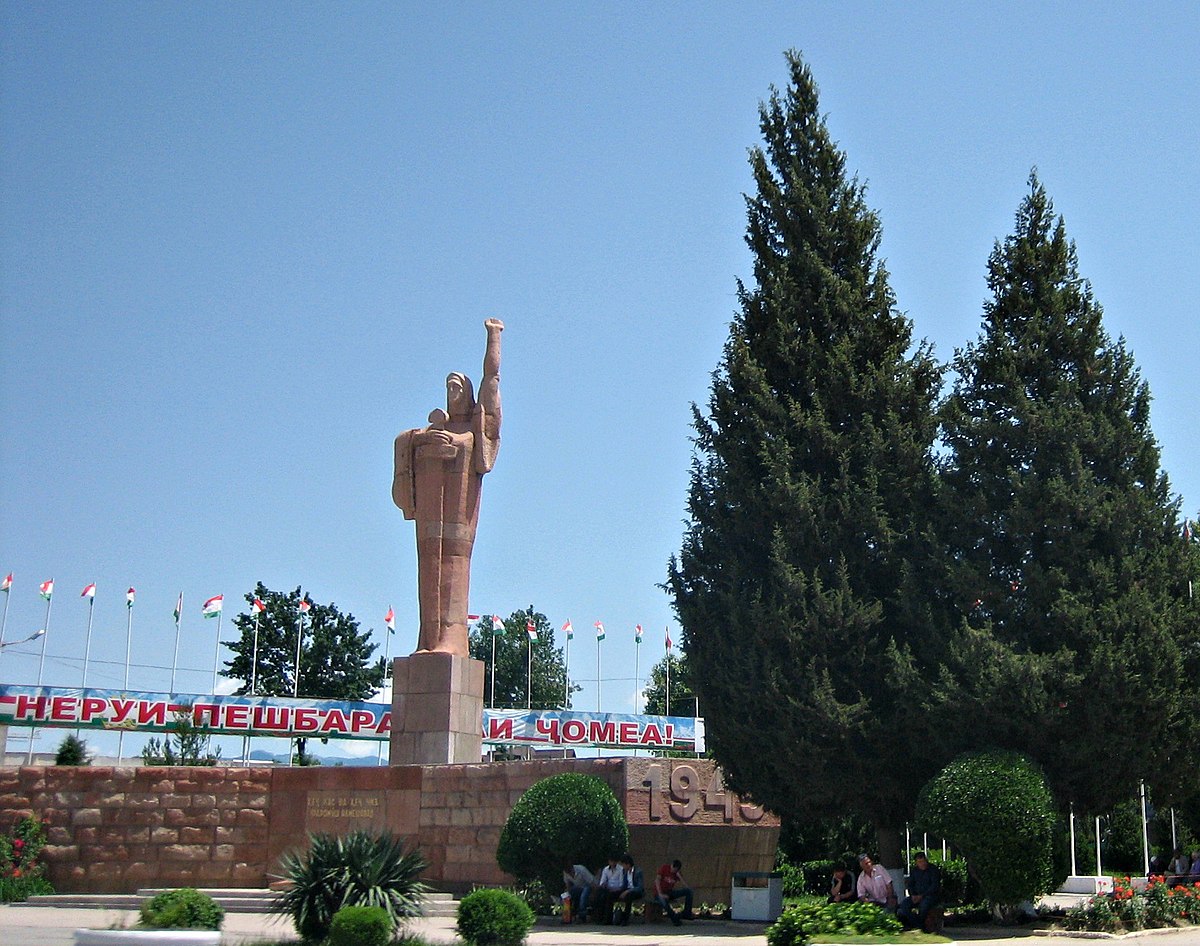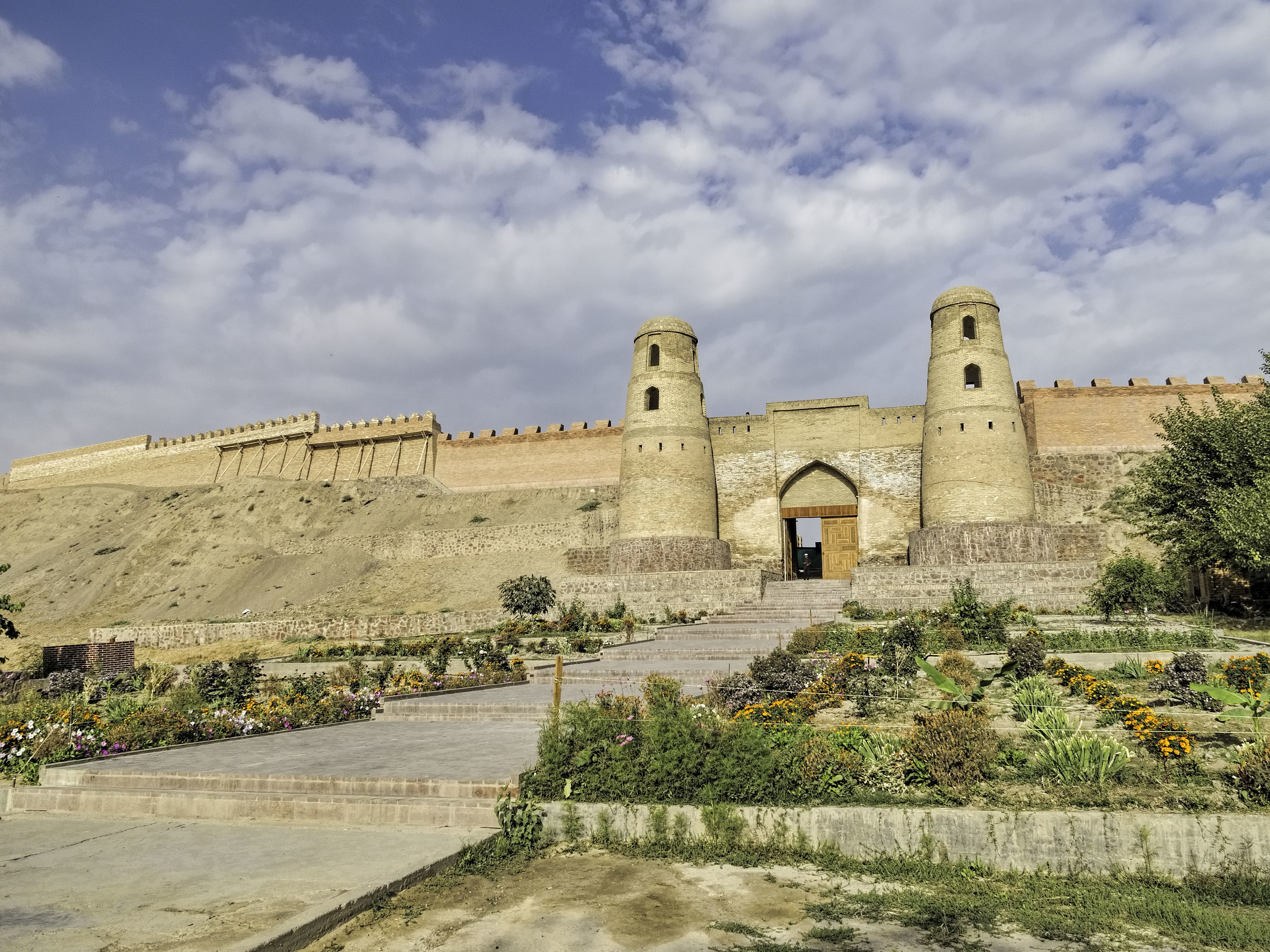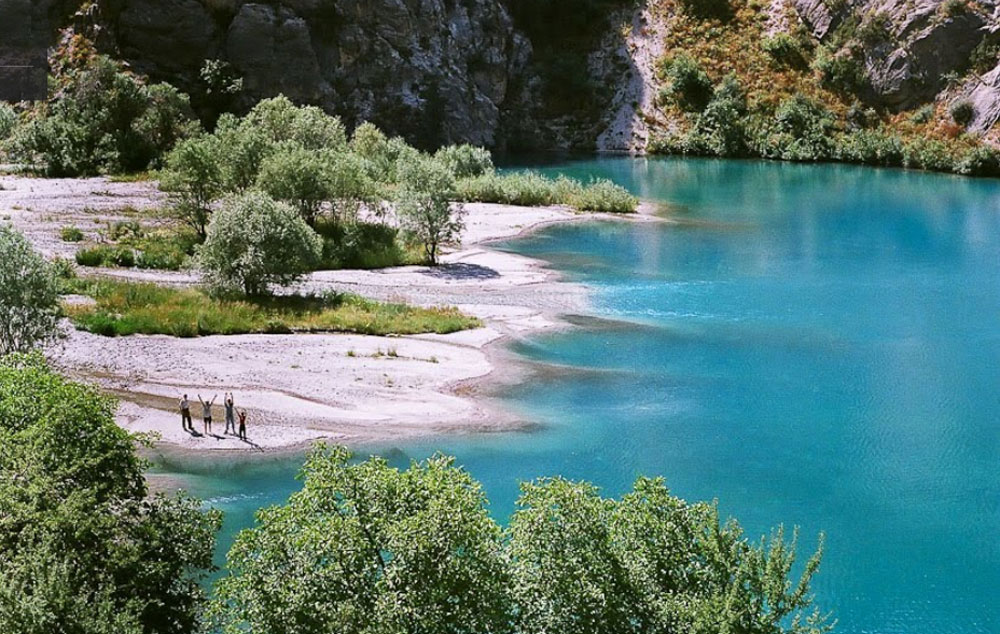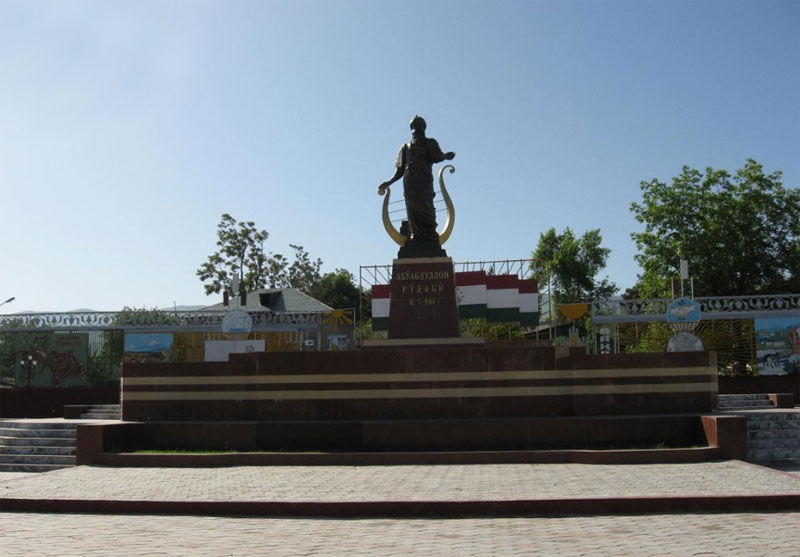REPUBLIC OF TAJIKISTAN
The capital city is Dushanbe
Geographical location – The Republic of Tajikistan is situated in the southeastern part of Central Asia.
The area is 142,600 km².
Population – 10 million people (as of 07/23/2022)
National currency – Somoni
Tajikistan shares a border with Uzbekistan (1,322.9 km) in the northwest, Kyrgyzstan (987 km) in the northeast, China (494.95 km) in the east and Afghanistan (1,344.15 km) in the south. It is a mountainous country with vast water and mineral resources. The country is landlocked.
93% of Tajikistan’s territory is mountainous and only 7% is flat.
Tajikistan has one of the highest peaks in the world (Ismoili Somoni Peak – 7,495 m).
In the north of Tajikistan there is the Farghona valley and in the north-west and central part there are the Zarafshon, Hisor, Turkiston and Alai Ranges.
In the southeast, there are the Pamirs (one of the highest points in the world) and in the southwest are the Vakhsh and Hisor valleys.
Tajikistan’s highest peaks
(altitude above sea level, m):
Ismoil Somoni Peak – 7495
Abu Ali ibn Sino Peak – 7134
Korzhenevskaya Peak – 7105
Istiklol Peak – 6974
Moscow Peak – 6785
Karl Marx Peak – 6726
Garmo Peak – 6595
Soviet Officers Peak – 6233
Engels Peak – 6510
Woodor Peak – 6132
Northern Muzzkul Peak – 6128
Mayakovsky Peak – 6096
Pahhor Peak – 6083
The true wealth of the Republic of Tajikistan is its rivers and lakes. The country’s 947 rivers are more than 28,500 kilometres long, which is about 60 per cent of Central Asia’s hydropower resources.
The longest rivers in Tajikistan
(area of their flow in kilometres on the territory of Tajikistan)
Panj – 921
Amu Darya – 65
Syrdarya – 185
Zarafshon – 306
Bartang-Murgob – 491
Vakhsh – 524
Kofarnihon – 387
Gund – 296
The highlands of Tajikistan have a large reserve of snow and ice. The total area of glaciers in Tajikistan, of which there are over a thousand, is 8,476 square kilometres. Sixteen glaciers are more than 16 kilometres long, including the Fedchenko and Grumm-Grzhimailo glaciers.
The largest glaciers in Tajikistan
Name Area km2 Ice volume km3
Fedchenko – 156,0 93,6
Garmo – 114,6 –
Vitkovsky – 50,2 6,882
Oktyabrsky – 48.0 5 242
Nalivkin – 45.2 8 588
Bivachi – 37,0 8,05
Grumm-Grzhimailo – 37,0 19,84
There are over 1,300 lakes in Tajikistan with an area of 705 square kilometres, the largest of which are Karakul, Sarez and Yashikul. Most of Tajikistan’s lakes are located at an altitude of more than 3,500 metres above sea level.
The largest lakes in Tajikistan:
(area, km2)
Karakul – 380.0
Sarez – 79.64
Zorkul – 38.9
Yashikul – 38.0
Shorkul – 16,3
The largest reservoirs in Tajikistan
Name Area km2 Water volume million m3
Kayrakkum – 520,0 4160
Nurek – 106,0 10500
The land, fauna and flora of Tajikistan are diverse, fertile and highly productive. Tajikistan’s forests are rich in wild fruit trees and thousands of plant species, which are widely used by the population. There are more than 80 species of mammals, more than 365 species of birds, 49 species of reptiles, almost 40 species of fish and more than 10,000 species of insects in Tajikistan.
It is home to snow leopards, lynxes, bears, wolves, foxes, badgers, as well as deer and argali (mountain sheep).
Currently, there are four nature reserves in Tajikistan (“Beshai Palangon”, “Romit”, “Dashti Jum” and “Zorkul”), 13 nurseries and a national park, the total area of which is 21% of the territory of the Republic of Tajikistan.
Tajikistan has many underground resources. More than 400 mines and almost 100 operating mines are known, where up to 40 types of minerals are extracted and processed, both fuel, minerals (about 10 per cent) and non-metals (almost 90 per cent). Tajikistan leads the region in terms of coal reserves. The total geological resources in this sector amount to about 4.0 billion tons. Tajikistan has rich polychemical resources, precious stones, rare metals such as zinc, lead, bismuth, molybdenum, tungsten, gold, silver, antimony, mercury as well as gas and oil.
Agricultural potential of Tajikistan (thousand ha)
arable land area – 864.4
irrigated area – 592.3
total area under crops – 900.2
legumes – 401.9
industrial crops – 294
cotton – 262.9
potatoes – 27.9
vegetables – 35.8
